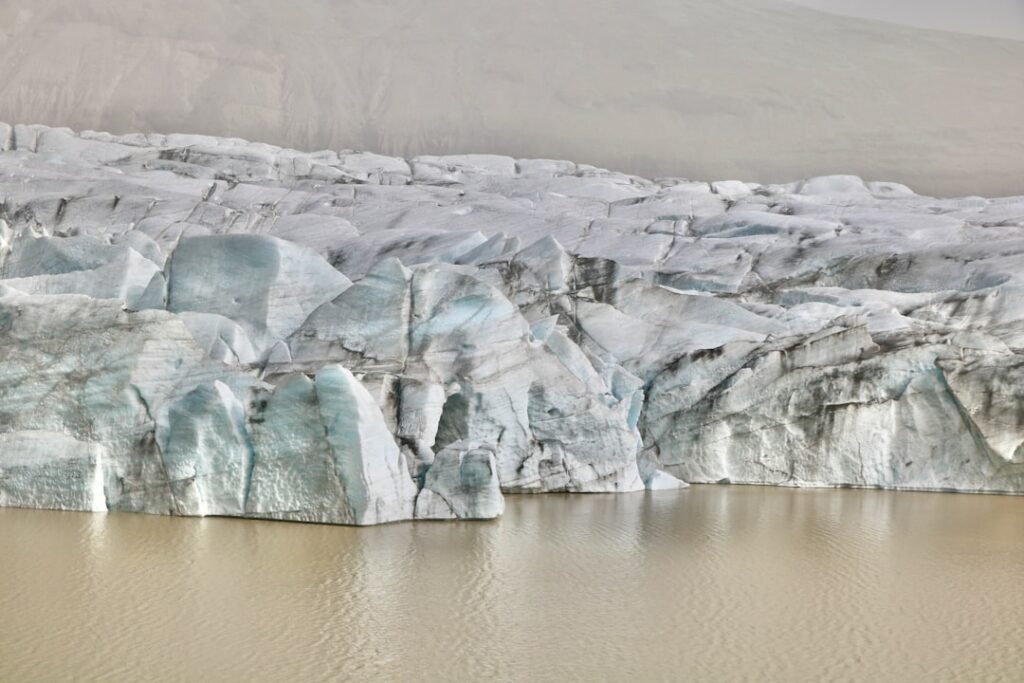Picture yourself standing on the edge of a massive glacier in Alaska, watching centuries of frozen history slowly reveal its secrets. As our planet’s temperatures rise and ice begins its retreat, something extraordinary is happening beneath the frozen surface. Archaeological discoveries are emerging from glacial ice like messages from another world, telling stories of ancient peoples who lived and thrived in ways we never imagined.
You might think ice destroys everything in its path, crushing and pulverizing all evidence of human existence. Yet the opposite is true when it comes to permafrost and glacial ice, which acts like nature’s most effective preservation system. Right now, across Alaska’s vast wilderness, melting ice is exposing artifacts, settlements, and entire landscapes that have remained untouched for thousands of years.
The Race Against Time
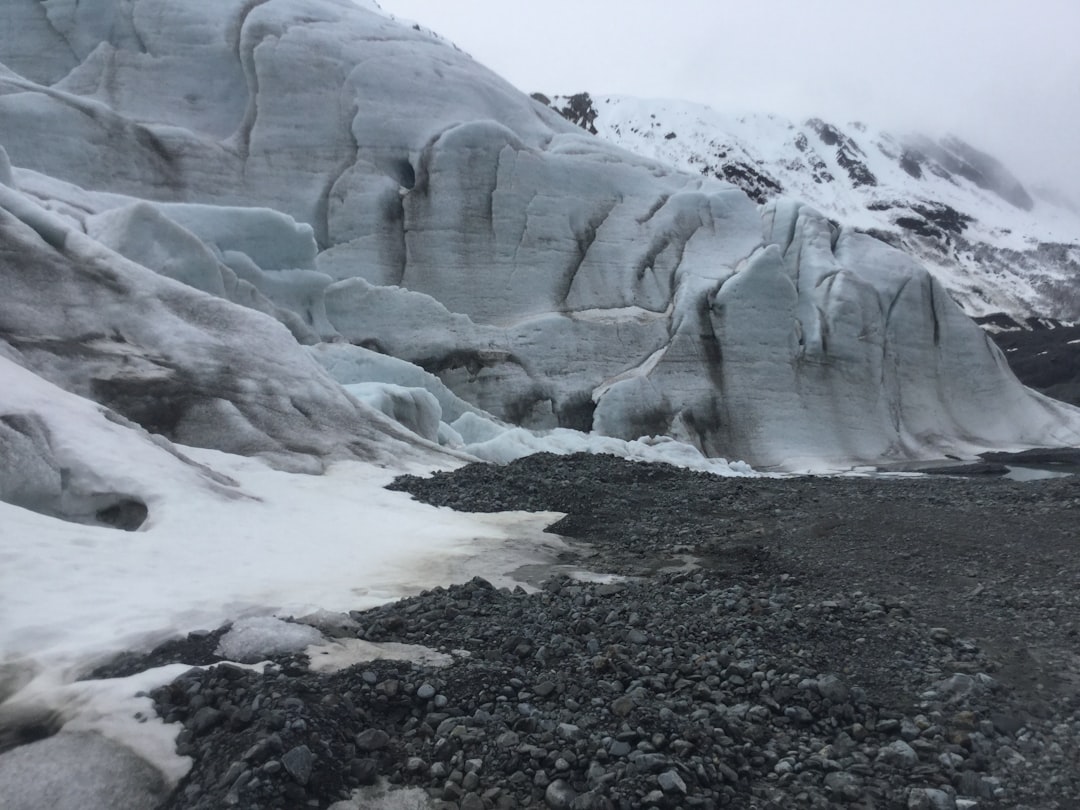
You’re witnessing something unprecedented as Alaska’s glaciers retreat at alarming speeds. Climate change-related warming is occurring in Alaska two to three times faster than the global average. Average temperatures just a few degrees warmer can make a difference, changing snow to rain or causing ice to melt. This rapid change has created what researchers call “dark archaeology,” where scientists become unlikely beneficiaries of climate change.
While melting provides an opportunity to find well-preserved objects that were previously inaccessible, it also starts the clock on their decomposition. The longer the items sit outside of the ice and are exposed to factors like light, wind, animals, and rain, the more they’ll degrade. It’s a breathtaking race where archaeologists must find and preserve these artifacts before they crumble to dust in mere hours.
Ancient Villages Emerging From Ice
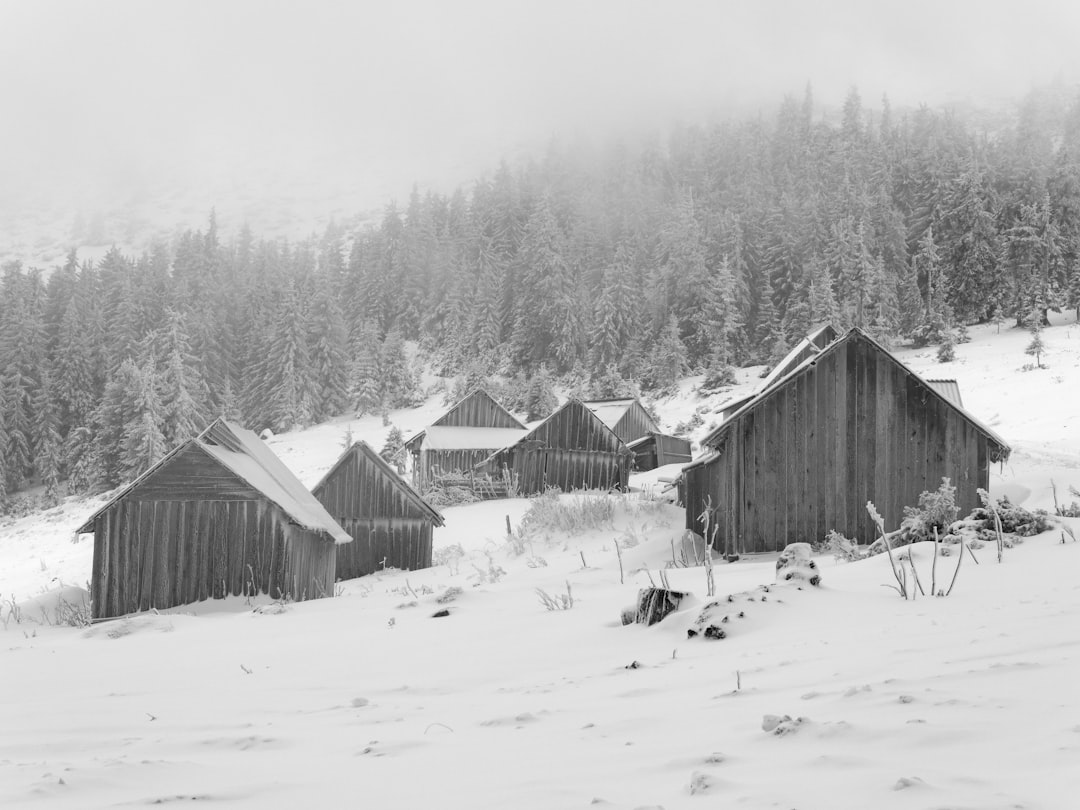
These tools in that style have been found from other time periods in Alaska’s rich history, but in Kodiak, they’ve only been found to be at least 7,000 years old. That long ago, Shuyak looked unrecognizable when compared to a contemporary viewing of the island, Odell said. “Seven thousand years ago, there were no spruce trees. It was a very exposed, windy place,” she said. Imagine what life was like then, when your ancestors navigated windswept islands without the protection of towering forests.
Alutiiq/Sugpiaq people have inhabited areas around Kodiak Island for at least 7,500 years, according to archaeologists. And thousands of archaeological sites have been documented across the archipelago. These discoveries reveal sophisticated settlements where hundreds of people once lived together in organized communities, challenging your assumptions about “primitive” ancient life.
Perfectly Preserved Remnants of Daily Life
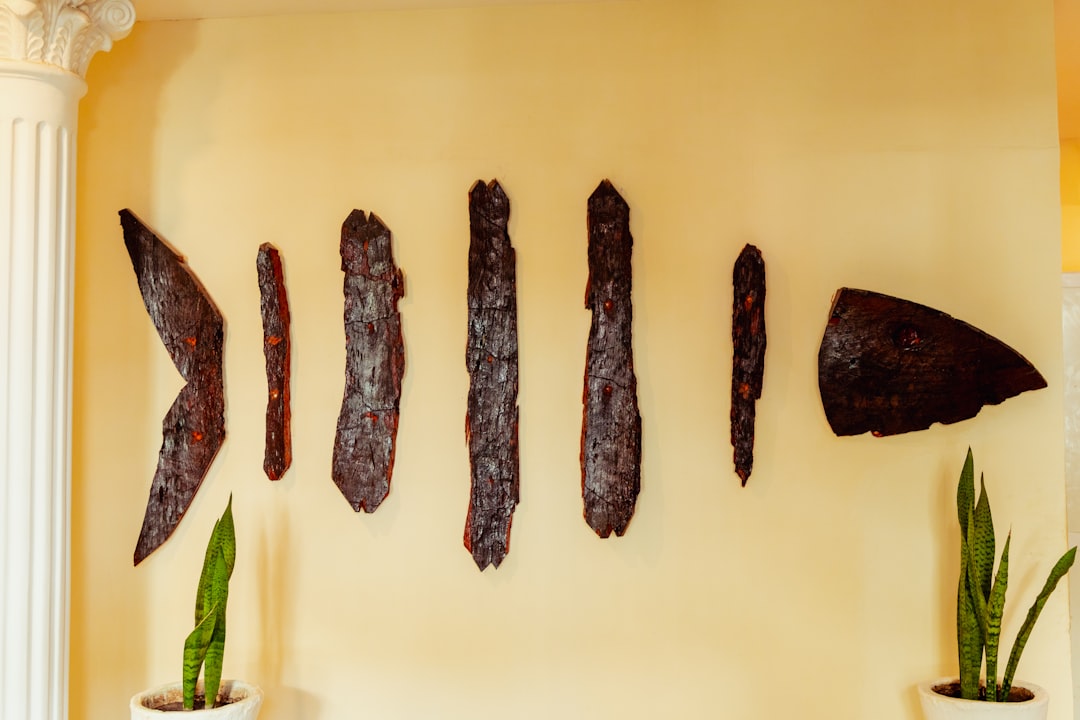
Archaeologists have recovered more than 2,500 intact artifacts at Nunalleq, from typical eating utensils to extraordinary things such as wooden ritual masks, ivory tattoo needles, and a belt of caribou teeth. Beyond the sheer quantity and variety, the objects are astonishingly well preserved, having been frozen in the ground since about 1660. Think about it: you’re looking at grass that was cut when Shakespeare walked the Earth, preserved so perfectly you can still see its green blades.
The remains of baskets and mats still retain the intricate twists of their woven patterns. Break open a muddy, fibrous bundle and you’ll find crisp, green blades of grass preserved inside. These discoveries give you an intimate glimpse into the daily routines of ancient peoples, from the food they ate to the tools they crafted with their own hands.
The Science Behind Ice Preservation
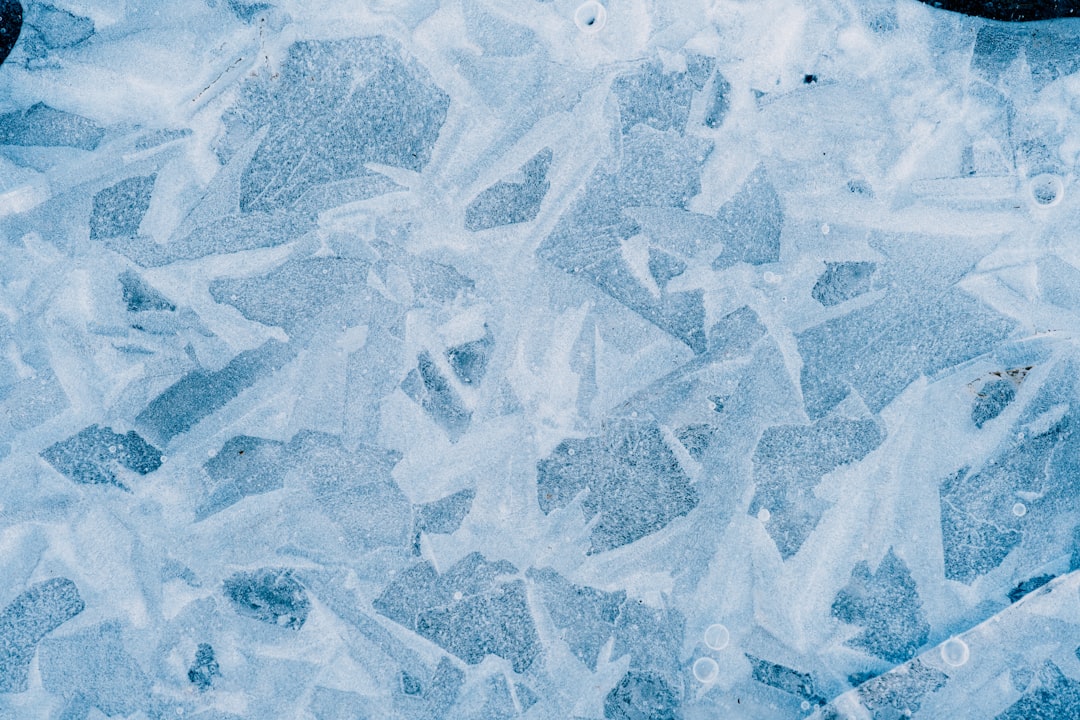
Ice patches are located in areas where ice is perennially frozen and relatively static, thus preserving even the most fragile components of artifacts. Ice Patch or Glacial Archaeology is dedicated to research on the human and environmental landscapes where melting occurs. You’re benefiting from a natural deep freeze that has kept organic materials intact for millennia, something impossible to achieve anywhere else on Earth.
Basketry, clothing, shoes, and other artifacts made from organic materials are unusual to find in Alaska because of the extreme conditions and weather. Wood, fibers, paper, and bones decompose when exposed to the elements, but if they’re buried and frozen in ice and snow patches, these organic artifacts can be preserved for ages. The ice acts like a time machine, allowing you to touch objects that ancient hands once held.
Hunting Grounds Frozen in Time

High in the mountains, snow and ice patches are attractive to wildlife in summer – providing respite from the heat and biting bugs – and similarly attractive to hunters who know to venture to these locations. Early Alaskans may have carried the basket there while on a hunting expedition. These locations weren’t random camping spots but strategic hunting grounds used generation after generation.
Many artifacts have been found melting out of the ice, including carved antler projectile points, atlatl dart shafts, and a copper end blade. Picture ancient hunters stalking caribou through mountain passes, their weapons and tools so expertly crafted they rival modern equipment in their effectiveness and beauty.
Glimpses of Ancient Tragedy and Resilience
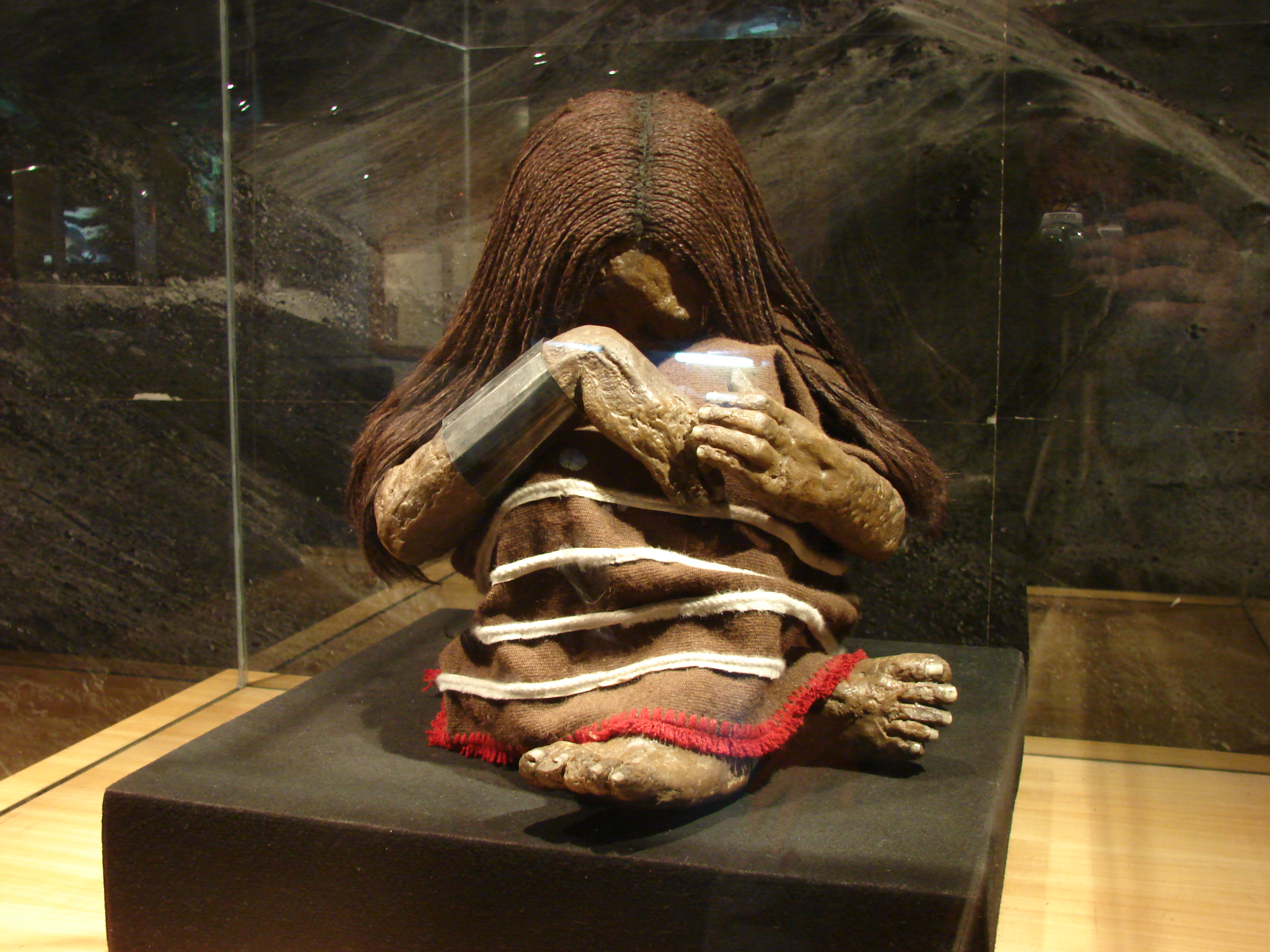
Nunalleq offers the first archaeological evidence, and the first firm date, for this frightful period, which affected several generations of Yupiks. Knecht believes the attacks were the result of climate change – a prolonged cooling period known as the Little Ice Age – that coincided with Nunalleq’s occupation. You’re seeing evidence of how climate change affected ancient communities, forcing them into conflicts over dwindling resources.
Archaeologists unearthed the remains of someone, likely a woman, who appears to have succumbed to smoke inhalation as she tried to dig an escape tunnel under a wall. Skeletons of women, children, and elders were found together, facedown in the mud, suggesting that they were captured and killed. These discoveries reveal the human cost of environmental pressures, showing how your ancestors faced unimaginable challenges with courage and determination.
Revolutionary Archaeological Methods

In labs, scientists can use radiocarbon dating to estimate the age of organic materials or x-ray fluorescence to determine where items made of rock – say an obsidian tool – originated in Alaska. Such information can inform our understanding of the movement of people and trading among groups. You’re witnessing cutting-edge science that reveals ancient trade networks spanning thousands of miles, showing how connected these communities really were.
Hovering in helicopters over steep mountain faces and gentle, snowy slopes, researchers are broadening their hunt for melting ice and snow patches. Modern technology combines with ancient wisdom as researchers race to document these treasures before they disappear forever. Every helicopter flight might reveal the next major archaeological breakthrough.
What These Discoveries Mean for You
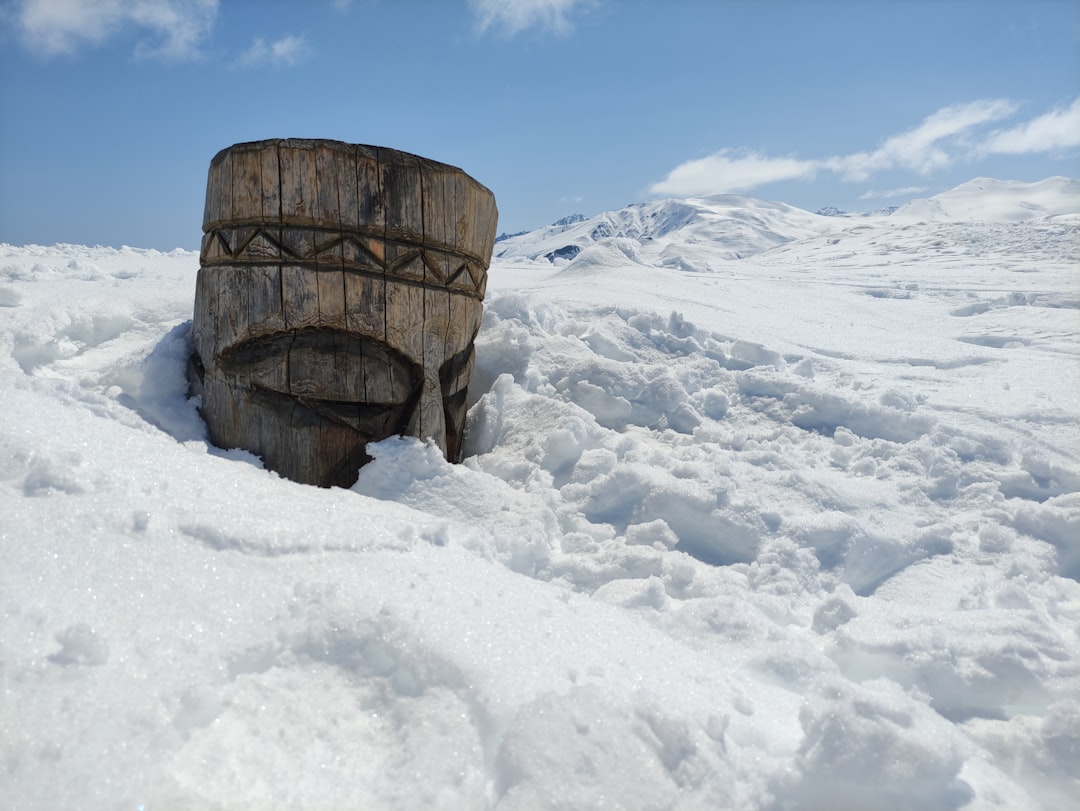
Thus treasures are revealed that shed light on flora, fauna, cultural practices, and the interaction of human beings and their environments back to the dawn of history. These finds aren’t just academic curiosities; they’re rewriting your understanding of human adaptability and ingenuity. You’re learning how ancient peoples thrived in one of Earth’s most challenging environments.
The BLM in Alaska manages thousands of archaeological sites throughout Alaska spanning nearly 15,000 years in age. They contain fascinating evidence of earlier people with different cultures who lived in what is today Alaska. This vast timeline shows you an unbroken chain of human presence, revealing Alaska as one of humanity’s longest-inhabited regions.
The melting glaciers of Alaska are revealing more than just ancient artifacts. They’re exposing the remarkable story of human survival, innovation, and community in one of the world’s most demanding environments. As ice continues to retreat, you’re witnessing the emergence of entire civilizations that challenge everything you thought you knew about ancient life.
These discoveries remind you that climate has always shaped human destiny, forcing our ancestors to adapt, migrate, and reinvent themselves repeatedly. The frozen archives emerging from Alaskan ice offer profound lessons about resilience that speak directly to our current environmental challenges.
What secrets do you think still lie buried beneath the ice, waiting for their moment to emerge? Share your thoughts about these remarkable discoveries and what they might reveal about humanity’s ancient past.

